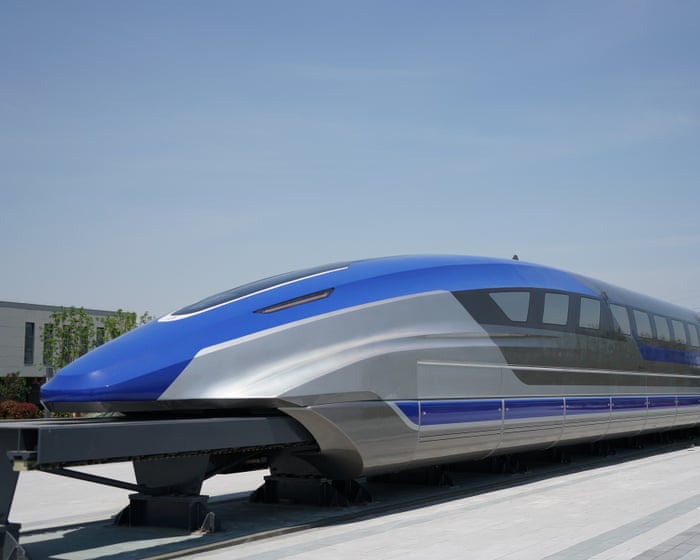研究人员表示,随着中国即将推出最新磁悬浮列车原型,他们可能已攻克"隧道轰鸣"难题。这款最新型磁浮列车时速可达600公里,但工程师们长期受困于列车驶出隧道时产生的冲击波。当高速列车进入隧道时,会像活塞般压缩前方空气,产生的压力波动在隧道出口处汇合形成低频冲击波——虽与超音速飞机的音爆现象不同,但原理相似。这种冲击波会惊扰周边居民与动物,损毁建筑物并引发安全隐患。
目前研究人员发现,在隧道入口安装特殊设计的隔音缓冲装置可降低96%的冲击波。这一突破性进展提升了运营安全性,减少了噪音污染,改善了乘客舒适度,还能保护未来铁路沿线的野生动物。虽然传统高铁(时速350公里)也存在此问题,但速度越快情况越严重:冲击波强度剧增,且触发轰鸣所需的隧道长度急剧缩短。例如时速600公里的列车在2公里短隧道就会产生轰鸣,而传统高铁需要6公里以上隧道才会出现。
新型百米缓冲装置采用多孔结构,配合隧道多孔内衬,能让滞留空气在列车驶出前释放,其消音原理类似枪械消音器。磁浮列车通过磁力悬浮于轨道上方,消除了摩擦阻力,因此速度远超传统列车。现有两大主流系统:
- 电磁悬浮系统(EMS):列车环抱钢轨,电磁铁通过吸力将车体抬升约10毫米
- 电动悬浮系统(EDS):列车悬浮于U型导轨内,利用超导线圈产生的斥力与吸力混合实现悬浮
中国于2004年首次引进高速磁浮列车,上海浦东机场至市郊线路时速达460公里,至今仍是全球最快商业运营铁路。不过后期发展重点转向传统高铁,目前中国高铁网络总长4.8万公里,居世界首位。
如今国有制造商中车集团正以2021年推出的新型号重启磁浮技术。乘客反馈行驶异常平稳安静,仅能听到电磁铁微弱嗡鸣,全无机械噪音。
每周通讯
全球最重要的环境动态。纵览一周要闻——涵盖积极进展、负面事件与核心资讯。
输入电子邮箱
立即订阅
隐私声明:我们的通讯可能包含慈善机构信息、线上广告及第三方资助内容。详情请参阅隐私政策。我们使用Google reCAPTCHA保障网站安全,相关服务受Google隐私政策及服务条款约束。
订阅后推广
虽然尚未确定正式线路,但专家预计未来将建设京沪高速磁浮线路。届时两地旅行时间将从4.5小时缩短至2.5小时,与国内航班相当。在中国,高铁票价(600元)普遍低于机票(1200元),这与多数国家情况相反。且列车每公里碳排放量仅为飞机的七分之一,具有显著环保优势。
中国并非唯一研发长距离磁浮列车的国家。日本中央新干线项目正稳步推进,该线路经停名古屋连接东京与大阪,设计时速505公里。现有高铁需2.5小时的路程,磁浮列车仅需67分钟。原定2027年分段运营的计划已因延误搁置,具体开通时间尚未确定。




